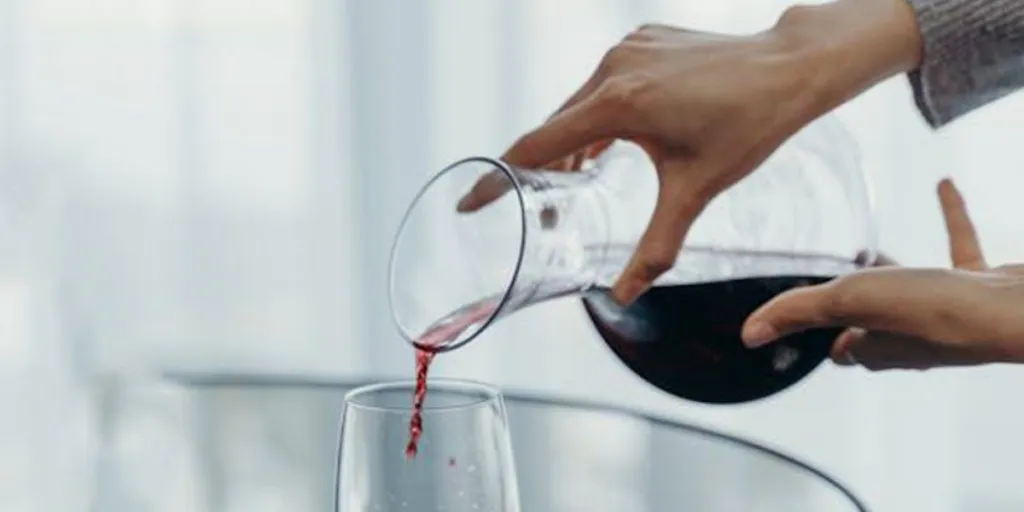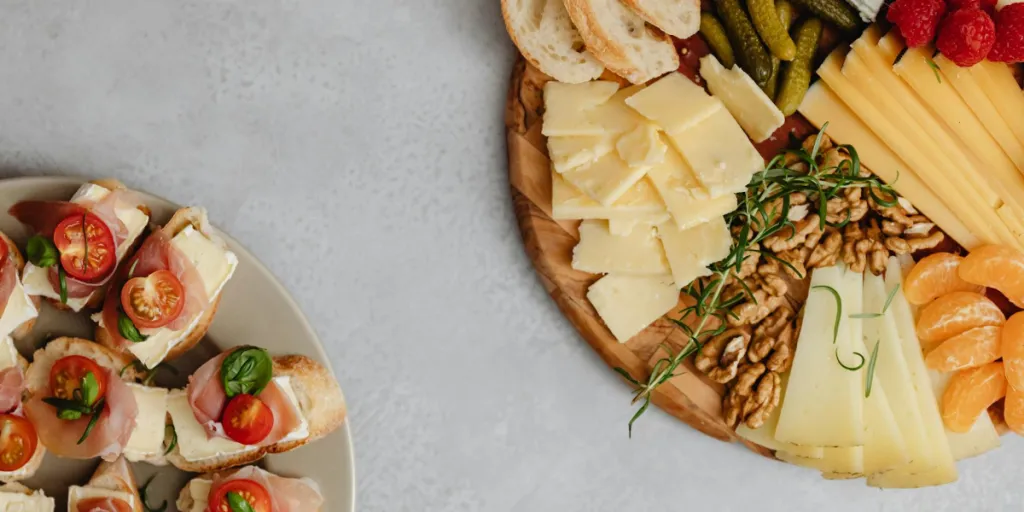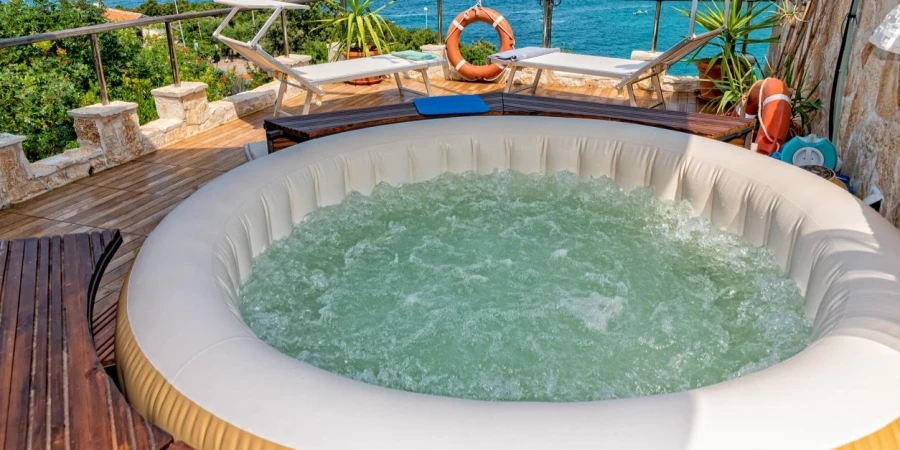Certainly, baking is a delicious art, but using the right bakeware adds an extra aesthetic to baked food items. Bakers are in for a wild ride as more durable and affordable bakeware sets take the spotlight.
This article discusses everything from classic pans to baking sheets as these sets are must-haves when it comes to bakeware.
Discover how to make more sales in 2022-2023. But first, here’s the bakeware market size.
Table of Contents
A brief overview of the bakeware market size
Home-made pastry makers will love these 12 bakeware types
5 things to consider for buying bakeware
Go for these bakeware sets in 2022/2023
A brief overview of the bakeware market size
The global bakeware market has witnessed rapid growth over the years, and marketing experts project the industry will be valued at $6,140.05 million by 2027. They also estimate the market will expand at a CAGR of 5.6% over the forecast period (2020 to 2027).
Because consumers are looking toward healthy food habits and more customized flavors, much of the bakeware industry will receive an impressive boost. The rising concerns about health risks posed by fried foods are other factors attributable to this market’s growth.
With commercial bakeries taking the lead, businesses can expect more affordable bakeware to hit the market in 2022-2023.
Home-made pastry makers will love these 12 bakeware types
1. Casserole dish

Casserole dishes, also known as baking dishes, are must-haves for every baker. These versatile pieces also work as serving dishes that can go straight from the oven to the table.
Baking dishes are large deep pans that bakers can use to cook up enticing mixtures. They’re a family gathering favorite and may be made of stoneware or glass. 9 x 13 x 2 is the standard size for casserole dishes.
Businesses should offer this piece to consumers interested in baking various foods, including lasagna, poultry, meat, cornbread, cobbler, and brownies.
2. Springform pan

Springform pans offer unique designs that come with removable walls. The piece also features latches that help secure the borders to the pan’s bottom. Consumers can easily open the latch to remove the pan’s walls.
This unique bakeware is perfect for situations where inverting a regular pan is not possible. Sometimes, bakers need to turn their pans to remove their baked goodies, but some foods like tortes and cheesecakes are fragile and may break when consumers try to remove them. Situations like these demand a springform pan.
The standard size for springform pans is nine-inch and round, but businesses can stock different shapes, like hearts and rectangles.
3. Roasting pan

Ovens also do a lot of roasting during the holidays, which is why consumers need roasting pans. This deep pan is large enough to host a whole turkey or ham. Some variants feature removable racks to hold the meat.
Businesses can offer various roasting pans ranging from cheap to high-quality. Some variants are disposable aluminum foils for consumers that don’t fancy worrying about clean-up. The reusable versions are either stainless steel, covered clay, cast iron, or coated enamelware pans.
4. Loaf pan

A baker’s kitchen won’t be complete without a loaf pan. These rectangular-shaped bakeware feature deep walls for baking a loaf of bread or some meatloaf.
Loaf pans come in various sizes ranging from small to extra large. They can also be stoneware, non-stick aluminum, pottery, steel, or glass pans, depending on the baker’s preferences.
Large loaf pans give loaves a more fluffy and airy texture, while smaller-sized pans are great for desserts or gift loaves that take less time to bake.
5. Bundt pan
The bundt pan is responsible for the unique shape of the bundt cake. It doesn’t matter what recipes bakers use. If they put the dough in a bundt pan, it becomes a bundt cake.
These pans feature a round outer edge and a tubular hollow center. The bakeware gives baked food a cathedral-like doughnut shape that’s both appealing and delicious.
Businesses should offer different sizes and designs of bundt pans for consumers to choose from.
6. French bread pan
Baguettes are delicious treats that consumers can make in a french bread pan. This bakeware deviates from the classic pan style and measures up to 20 inches long.
French bread pans feature curved bases that allow the baker to place long dough lengths horizontally. Some variants come with perforations to allow steam to escape, making the bread’s crust crisp and brown.
These pans are usually metal or aluminum. However, businesses can source others made with terracotta or earthenware.
7. Cake pan
Cake pans are staples in every baker’s kitchen. They come in different shapes, including rectangular, round, and square.
Businesses may opt to get cake pans in different sizes. More importantly, the type of cake consumers want to bake determines the pan size and shape.
Opting for square or round shapes will hint toward layered cakes. A large rectangular shape would mean baking an equally large sheet cake.
8. Baking sheet

The baking sheet is another classic bakeware staple. These rectangular and flat pans are the first choices for baking various foods in an oven.
They can bake more than cookies. Consumers can use baking sheets for rolls, bread, pastries, bread, and many other treats.
Baking sheets also have different styles, depending on the user’s intentions. Some can feature perforations for cooking pizzas.
Others may have air pockets between aluminum layers to prevent food from burning.
9. Pie plate

Pies are popular treats in various regions, making their bakeware a must-have in well-stocked kitchens. Bakers can use pie plates to mix up various pie flavors, like cherry, pumpkin, and apple.
Pie plates can be ceramic, aluminum, glass, or stoneware. They have round shapes with shallow depths and slanted sides. These plates can have an 8, 9, or 10 inches diameter.
10. Shortbread pan

Shortbread cookies are special treats that need a unique pan to bake. These pans have decorative molds that give the classic Scottish biscuit its distinctive texture and design.
Businesses should go for shortbread pans made from coated aluminum or heavy cast iron. The bakeware usually features a non-stick surface, allowing bakers to fill the pan with buttery-flavored dough.
Shortbread pans offer square or round contoured design patterns with ridges. These help to break the biscuits apart after baking.
Bakers can cook other treats with a shortbread pan. They can bake dessert bars, cakes, and several other pan bread.
11. Tart pan
Tart pans are pretty similar to pie plates. They have shallow bases with smooth or fluted walls. The only difference is that tart pans come in different sizes and sha[es.
Unlike pie plates, tart pans can be rectangular or round. They can also range from 4 inches to 12 inches in size. Smaller pans allow bakers to cook individual servings, while larger ones make pie-shaped treats.
Some tart pans contain removable bases to allow easy content removal. For their catalogs, businesses can consider flexible silicon, ceramic, tinned steel, glass, or non-stick metal tart pans.
12. Tube pan
Imagine baking a cake with doughnut aesthetics. Bakers can achieve such appealing combos with tube pans. Also known as the angel food cake pan, this bakeware has a hollow tube sticking out from its base.
The tube may come packed with the pan or exist as a separate unit. This striking design has more benefits other than making cakes look like doughnuts. They allow cakes baked in them to cook evenly.
After baking, consumers can flip the pan to remove their cake while maintaining its shape. Sponge and angel food cakes are the most favored treats baked in a tube pan.
5 things to consider for buying bakeware
Material and thickness of bakeware
Various bakeware materials have different advantages and disadvantages. Hence, businesses should consider the best bakeware material for the needs of their customers before stocking up. For example, if your customers specialize in baked foods, they will require non-stick metals.
Aesthetics
Bakeware aesthetics and functionality are a heaven-made match. Many bakewares contain ovenproof ceramic or porcelain, which scores well in the aesthetic aspect.
Reaction to food content
Different foods may cause reactions with bakeware materials. Businesses should advise their customers to avoid unhealthy mixtures. For example, aluminum bakeware may react to ingredients with acidic properties.
Resistance to rust
Using bakeware involves a lot of water, so it’s only right that businesses consider rust resistance before choosing which bakeware to add to their catalogs. They should opt for enameled cast iron with porcelain enamel coatings to prevent rust.
Ease of handling
Easy-to-handle bakeware with anti-slip silicon handles reduces the chances of getting burns. It’s something beginners and experts should note if cooking safely is a major concern.
Go for these bakeware sets in 2022-2023
Appetizingness is not the only factor consumers regard when baking. The increasing food hygiene and safety concerns shift bakers towards focusing more on their kitchenware and bakeware.
Think about the bakeware material, reaction potential, and aesthetics before making purchases.
Businesses can stock up on these twelve bakeware sets to attract more baking enthusiasts in 2022-2023.








